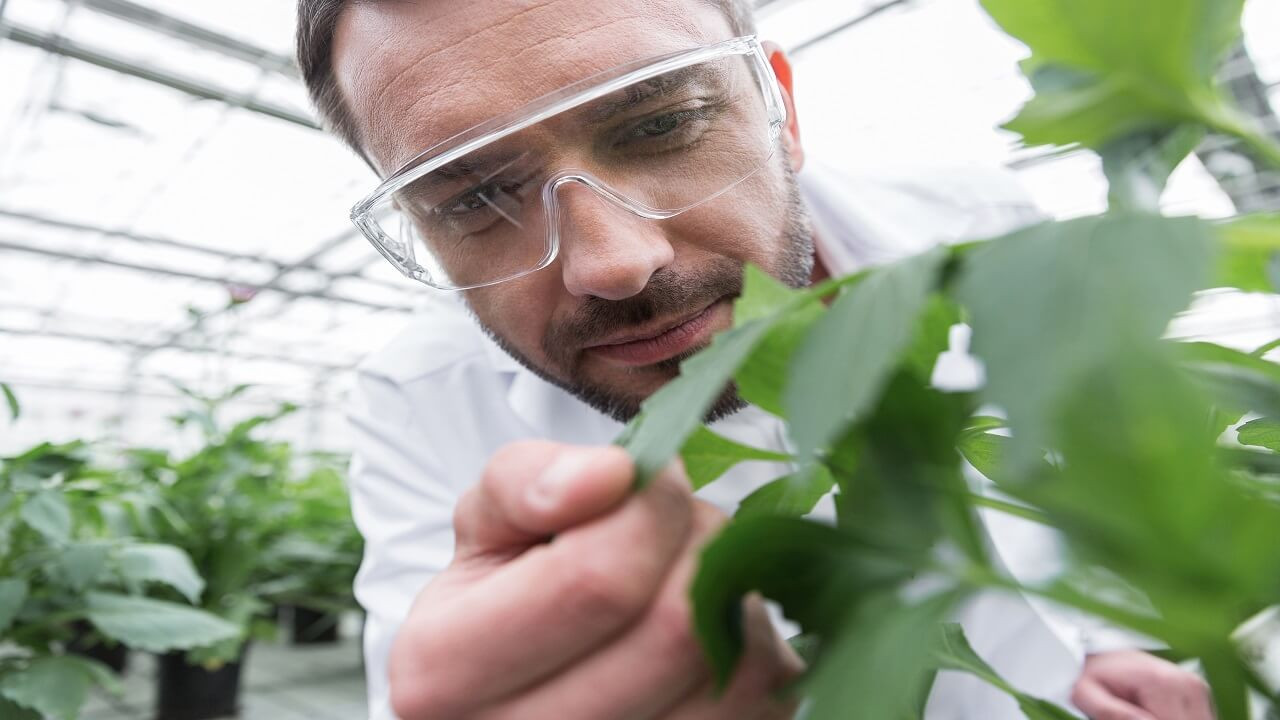
Agricultural Biotechnology
September 3, 2022, 8:58 am
Agricultural biotechnology encompasses a range of research tools scientists use to understand and manipulate the genetic make-up of organisms for use in agriculture: crops, livestock, forestry and fisheries.
Agricultural Biotechnology
The Green Revolution taught us that technological innovation – higher-yielding seeds and the inputs required to make them grow – can bring enormous benefits to poor people through enhanced efficiency, higher incomes and lower food prices. This virtuous cycle of rising productivity, improving living standards and sustainable economic growth has lifted millions of people out of poverty
There is clear promise that agricultural biotechnology can contribute to meeting the challenge of ending global hunger and malnourishment. Agricultural biotechnology can overcome production constraints that are more difficult or intractable with conventional breeding. It can speed up conventional breeding programs and provide farmers with disease-free planting materials. It can create crops that resist pests and diseases replacing toxic chemicals that harm the environment and human health, and it can provide diagnostic tools and vaccines that help control devastating animal diseases.
What is Agricultural Biotechnology?
Biotechnology is any technique that uses living organisms or substances from these organisms to make or modify a product for a practical purpose. Biotechnology can be applied to all classes of organism – from viruses and bacteria to plants and animals – and it is becoming a major feature of modern medicine, agriculture and industry.
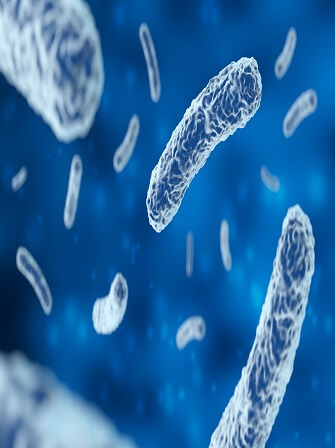
Modern agricultural biotechnology includes a range of tools that scientists employ (such as fusion of cells beyond the taxonomic family, In vitro nucleic acid techniques, including recombinant deoxyribonucleic acid (DNA) and direct injection of nucleic acid into cells or organelles) to understand and manipulate the genetic make-up of organisms for use in the production or processing of agricultural products.
Tools Of Agricultural Biotechnology
Some of the key tools and technologies used in the practice of agricultural biotechnology are explained below:
Micropropagation
Micropropagation involves taking small sections of plant tissue, or entire structures such as buds, and culturing them under artificial conditions to regenerate complete plants. Micropropagation is particularly useful for maintaining valuable plants, breeding otherwise difficult-to-breed species (e.g. many trees), speeding up plant breeding and providing abundant plant material for research.
For crop and horticultural species, micropropagation is now the basis of a large commercial industry involving hundreds of laboratories around the world. In addition to its rapid propagation advantages, micropropagation can also be used to generate disease-free planting material, especially if combined with the use of disease-detection diagnostic kits.
In vitro Selection
In vitro selection refers to the selection of germplasm by applying specific selection pressure to tissue culture under laboratory conditions. Many recent publications have reported useful correlations between in vitro responses and the expression of desirable field traits for crop plants, most commonly disease resistance. Positive results are available also for tolerance to herbicides, metals, salt and low temperatures. For the selection criteria of major general importance in forest trees (in particular vigour, stem form and wood quality), poor correlations with field responses still limit the usefulness of in vitro selection. However, this method may be of interest in forestry programs for screening disease resistance and tolerance to salt, frost and drought
Genetic Engineering
Genetic engineering is the process used in transferring traits between organisms that aren’t sexually compatible. In plants, the most common method for genetic engineering uses the soil bacterium Agrobacterium tumefasciens as a vector. Researchers insert the desired gene or genes into the bacterium and then infect the host plant. The desired genes are transmitted to the host along with the infection. This method is used mainly with dicot species such as tomato and potato.
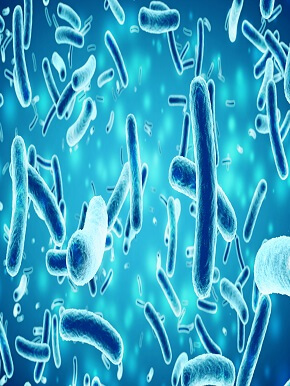
For example, the well-known transgenic Golden Rice contains three foreign genes – two from the daffodil and one from a bacterium – that produce provitamin A. Scientists are well on their way to developing transgenic “nutritionally optimized”’ rice that would contain genes producing provitamin A, iron and more protein. Other nutritionally enhanced foods are under development, such as oils with reduced levels of undesirable fatty acids. In addition, foods that are commonly allergenic (shrimp, peanuts, soybean, rice, etc.) are being modified to contain lower levels of allergenic compounds

Genomics
The most significant breakthroughs in agricultural biotechnology are coming from research into the structure of genomes and the genetic mechanisms behind economically important traits. The rapidly progressing discipline of genomics is providing information on the identity, location, impact and function of genes affecting such traits – knowledge that will increasingly drive the application of biotechnology in all agricultural sectors. Genomics sets the foundation for post-genomics activities, including new disciplines such as proteomics and metabolomics to generate knowledge on gene and protein structure, as well as their functions and interactions. These disciplines seek to understand systematically the molecular biology of organisms for their practical use.
Molecular Markers
Molecular markers are identifiable DNA sequences, found at specific locations of the genome and associated with the inheritance of a trait or linked gene. Molecular markers can be used for (a) marker-assisted breeding (b) understanding and conserving genetic resources and (c) genotype verification. These activities are critical for the genetic improvement of crops, forest trees, livestock and fish.
WHAT IS GMO?
Recombinant DNA techniques, also known as genetic engineering or more familiarly but less accurately genetic modification, refer to the modification of an organism’s genetic make-up using transgenesis, in which DNA from one organism or cell (the transgene) is transferred to another without sexual reproduction. Genetically modified organisms (GMOs) are modified by the application of transgenesis or recombinant DNA technology, in which a transgene is incorporated into the host genome or a gene in the host is modified to change its level of expression
Three distinctive types of genetically modified crops exist:
1. Distant transfer, in which genes are transferred between organisms of different kingdoms (e.g. bacteria into plants)
2. Close transfer, in which genes are transferred from one species to another of the same kingdom (e.g. from one plant to another)
3. Tweaking, in which genes already present in the organism’s genome are manipulated to change the level or pattern of expression. Once the gene has been transferred, the crop must be tested to ensure that the gene is expressed properly and is stable over several generations of breeding.
This screening can usually be performed more efficiently than for conventional crosses because the nature of the gene is known, molecular methods are available to determine its localization in the genome and fewer genetic changes are involved
Concerns about the implications of eating GMO foods abound but latest scientific research states that it has no negative health effects.
The safety and regulatory concerns associated with transgenic crops constitute a major hurdle for developing countries because many lack the regulatory frameworks and technical capacity necessary to evaluate these crops and the conflicting claims surrounding them. Although the international scientific community has determined that foods derived from the transgenic crops currently on the market are safe to eat, it also acknowledges that some of the emerging transformations involving multiple transgenes may require additional food-safety risk-analysis procedures.
There is less scientific consensus on the environmental hazards associated with transgenic crops, although there is general agreement that these products should be evaluated against the hazards associated with conventional agriculture.
HOW BIOTECHNOLOGY IS USED IN AGRICULTURE
Biotechnology is being used to address problems in all areas of agricultural production and processing. This includes plant breeding to raise and stabilize yields; to improve resistance to pests, diseases and abiotic stresses such as drought and cold; and to enhance the nutritional content of foods.
Some of the major innovations or ways that biotechnology is being used in agriculture are detailed below:
Genetic Engineering in Livestock and Fish
Genetic engineering in animals can be used to introduce foreign genes into the animal genome or, alternatively, to “knock-out” selected genes. The method most used at present involves direct microinjection of DNA into the pronuclei of fertilized eggs, but progress is being made with new approaches such as nuclear transfer and the use of lentiviruses as DNA vectors.
In the first genetic engineering experiments with farm animals, genes responsible for growth were introduced into pigs to increase growth and improve carcass quality. Current research efforts include engineering resistance to animal diseases, such as Marek’s disease in poultry, scrapie in sheep and mastitis in cattle, and diseases that affect human health such as Salmonella in poultry. Other examples include increasing the casein content of milk and inducing the production of pharmaceutical or industrial chemicals in the milk or semen of animals.
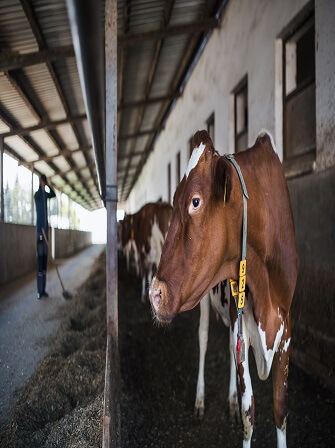
Genetic engineering is an active area of research and development in aquaculture. The large size and hardy nature of many fish eggs allow them to be manipulated easily and facilitate gene transfer by direct injection of a foreign gene or by electroporation, in which an electric field assists gene transfer
Diagnostics and Epidemiology
Animal and plant diseases are difficult to diagnose because the signs may be misleading or even entirely absent until serious damage has occurred. Advanced biotechnology-based diagnostic tests make it possible to identify disease-causing agents and to monitor the impact of disease control programs to a degree of precision not previously possible. Molecular epidemiology characterizes pathogens (viruses, bacteria, parasites and fungi) by nucleotide sequencing, which enables their origin to be traced. This is particularly important for epidemic diseases, in which the possibility of pinpointing the source of infection can significantly contribute to improved disease control. For example, the molecular analysis of rinderpest viruses has been vital for determining the lineages circulating in the world and instrumental in aiding the Global Rinderpest Eradication Program (GREP).
Enzyme-linked immunosorbent assay (ELISA) tests have become the standard methodology for the diagnosis and surveillance of many animal and fish diseases worldwide, and the polymerase chain reaction (PCR) technique is especially useful in diagnosing plant diseases and is proving increasingly so also for livestock and fish diseases. The effectiveness of plant and animal health programs is also being considerably enhanced by the development of genetic probes that allow specific pathogens to be distinguished and detected in tissue, whole animals and even in water and soil samples.

Vaccine Development
Genetically engineered vaccines are being developed to protect fish and livestock against pathogens and parasites. Although vaccines developed using traditional approaches have had a major impact on the control of foot-and-mouth and tick-borne diseases, rinderpest and other diseases affecting livestock, recombinant vaccines can offer various advantages over conventional vaccines in terms of safety, specificity and stability. Importantly, such vaccines, coupled with the appropriate diagnostic test, allow the distinction between vaccinated and naturally infected animals.
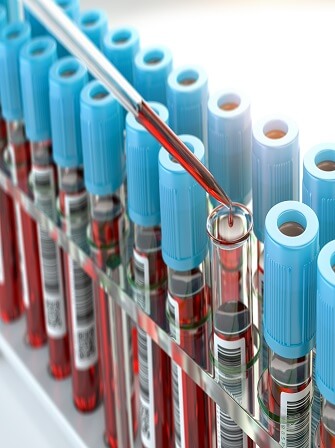
This is important in disease control programs as it enables continued vaccination even when the shift from the control to the eradication stage is contemplated. Today, quality improved vaccines are available for, for example, Newcastle disease, classical swine fever and rinderpest. In addition to the technical improvements, advances in biotechnology will make vaccine production cheaper, and therefore improve supply and availability for smallholder farmers.
Animal Nutrition
Biotechnologies have already resulted in animal nutrition aids such as enzymes, probiotics, single-cell proteins and antibiotic feed additives that are already widely used in intensive production systems worldwide to improve the availability of nutrients from feeds and the productivity of livestock and aquaculture. Gene-based technologies are being increasingly employed to improve animal nutrition, either through modifying the feeds to make them more digestible or through modifying the digestive and metabolic systems of animals to enable them to make better use of the available feeds.
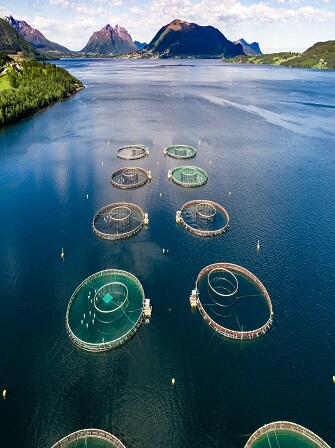
Although progress in the latter approach is likely to be slow because of gaps in our current understanding of the underlying genetics, physiology and biochemistry, one example of commercial success in high-input, intensively managed systems is the use of recombinant somatotropin, a hormone that results in increased milk production in dairy cows and accelerated growth and leaner carcasses in meat animals
Conclusions
Agricultural biotechnology is a complement – not a substitute – for many areas of conventional agricultural research. It offers a range of tools to improve our understanding and management of genetic resources for food and agriculture. These tools are already making a contribution to breeding and conservation programs and to facilitating the diagnosis, treatment and prevention of plant and animal diseases. The application of agricultural biotechnology provides us with new knowledge and tools that can make agriculture more efficient and effective.
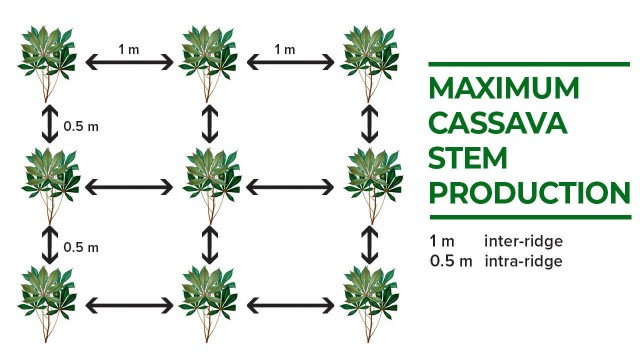




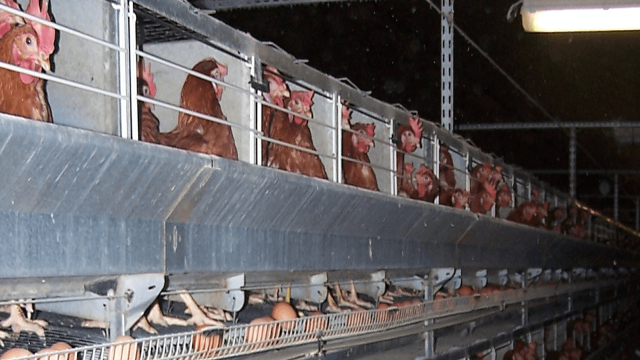
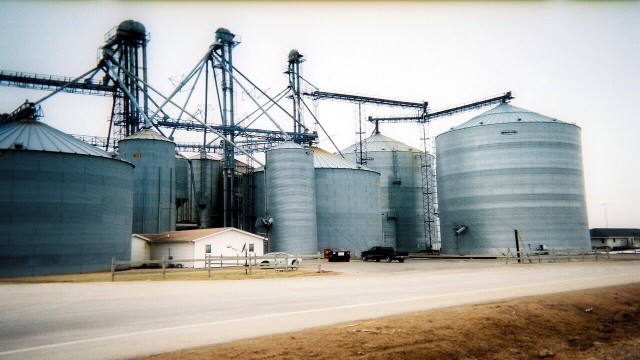





Share This Article: